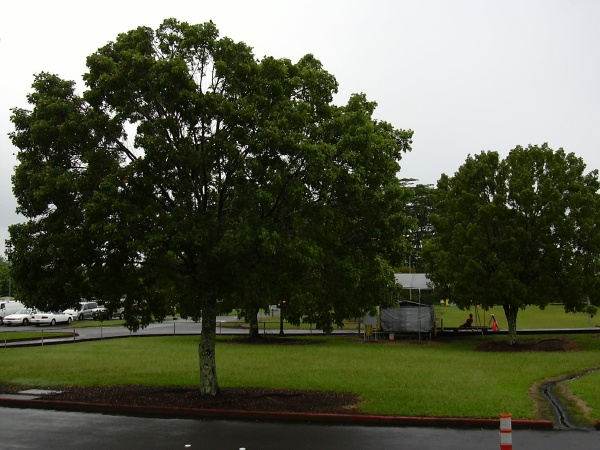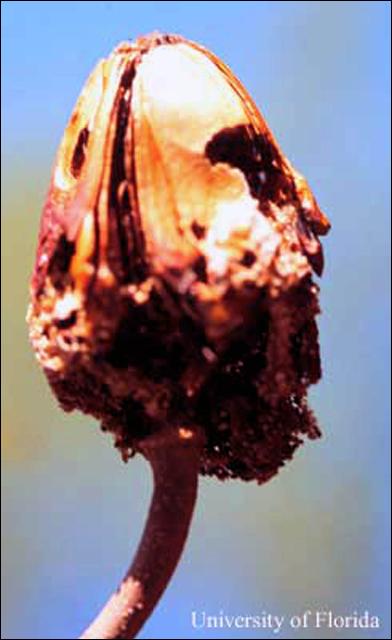
West Indies Mahogany: Adaptation
An organisms ability to adapt to the
ever-changing, surrounding environment is crucial for its survival. While plants in general have
adapted to life on land (land plants originate from aquatic
plants) in ways such as the development of a waxy cuticle to
prevent water loss, a specific adaptation of the mahogany tree
is in its fruit. The fruiting body allows for the protection of
young seeds until they reach maturity. If this was not the case,
the seed could be carried away by any number of critters before
it would be able to properly reproduce another potential tree.
Timing is of the essence.
is crucial for its survival. While plants in general have
adapted to life on land (land plants originate from aquatic
plants) in ways such as the development of a waxy cuticle to
prevent water loss, a specific adaptation of the mahogany tree
is in its fruit. The fruiting body allows for the protection of
young seeds until they reach maturity. If this was not the case,
the seed could be carried away by any number of critters before
it would be able to properly reproduce another potential tree.
Timing is of the essence.
A more severe stress on the Mahogany tree's
survival has been caused by human interactions in the form of logging
and deforestation.There have been signs of genetic erosion due to the
over-exploitation
 of
the best genotypes which were extracted from natural populations
in the past10. Unfortunately, it takes years and years
for a species to adapt to such stressors and obtain a favorable
genetic recombination in the remaining trees’ offspring when the
best genotypes have been wiped out from the existing population.
In short, trees in the next generation will be of lesser
quality. There is hope, however, in that the broad ecological
and geographic range over which Swietenia species are
distributed and the ease of hybridization between them suggest
that a high degree of genetic diversity is likely to be
available in the natural populations10. This, however,
could pose a threat to wiping out genetically pure populations
of the species.
of
the best genotypes which were extracted from natural populations
in the past10. Unfortunately, it takes years and years
for a species to adapt to such stressors and obtain a favorable
genetic recombination in the remaining trees’ offspring when the
best genotypes have been wiped out from the existing population.
In short, trees in the next generation will be of lesser
quality. There is hope, however, in that the broad ecological
and geographic range over which Swietenia species are
distributed and the ease of hybridization between them suggest
that a high degree of genetic diversity is likely to be
available in the natural populations10. This, however,
could pose a threat to wiping out genetically pure populations
of the species.